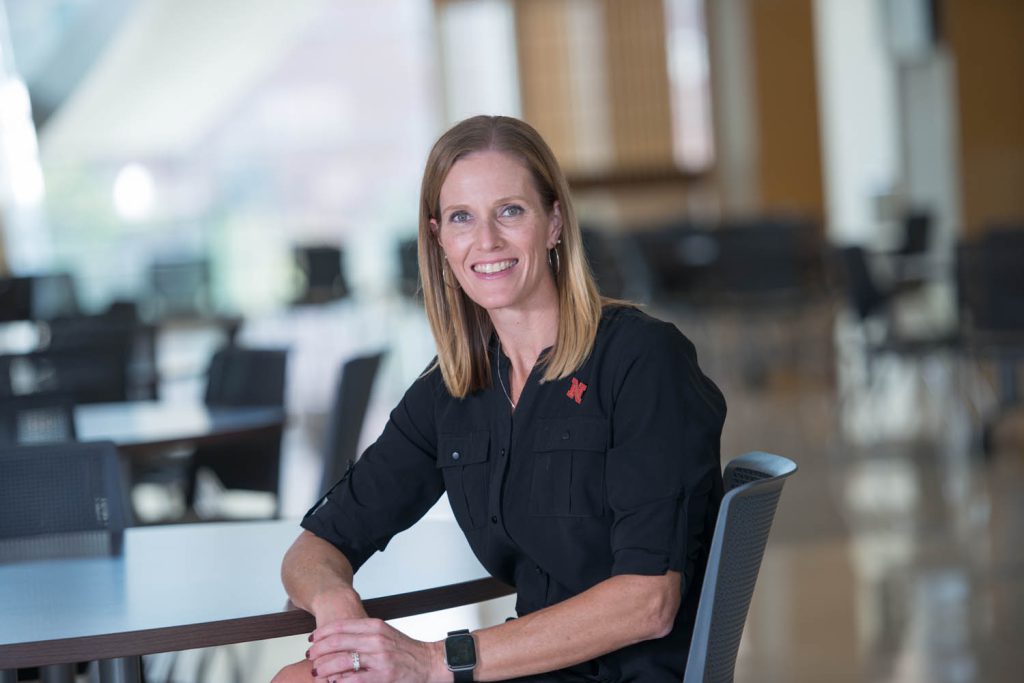Understanding how employee turnover unfolds
Major workplace changes can trigger significant employee turnover, yet companies may not experience the full impact immediately.
Jenna Pieper, associate professor of management, said businesses that understand the collective turnover phenomenon can better plan for the impact of multiple employees leaving in short succession.
“Unit-level shocks” – changes that affect many, if not all employees – include mergers, bankruptcies or leadership changes. Pieper and colleagues focused their research on one type of shock, the departure of a manager, by analyzing 239 general manager departures from units of a U.S.-based retailer between 2012 and 2014. Their findings appeared in the Journal of Applied Psychology.

The team found that while the departure of a manager, for any reason, can spark turnover, how employees respond is not consistent, immediate or predictable. Employees will share information to make sense of the shock and interpret its implications for themselves. As they share with colleagues, the group’s appraisal can take on a life of its own, creating what researchers call turnover contagion.
Companies should “consider the dynamic effect of collective turnover and realize that it may not all happen at a single point in time, and it may not happen right away,” Pieper said. “We show in the study that there can be a delay. If that happens, companies may have a false sense of security that everything’s OK.”
Businesses should understand collective turnover might unfold over time; consider where turnover might be concentrated by understanding employees’ proximity to the unit-level shock; have an effective communication plan that provides information about why the departure occurred and how it will affect the unit; and consider that internal promotions to replace a departing manager might suppress turnover.
“Thinking about how collective turnover can unfold over time is one of the main contributions of this paper,” she said.
Pieper said future research should explore the impact of other types of unit-level shocks on turnover and how trends play out in different contexts and cultures.
+ Additional content for Understanding how employee turnover unfolds
News release: Study IDs how business turnover unfolds amid ‘unit-level shocks’








